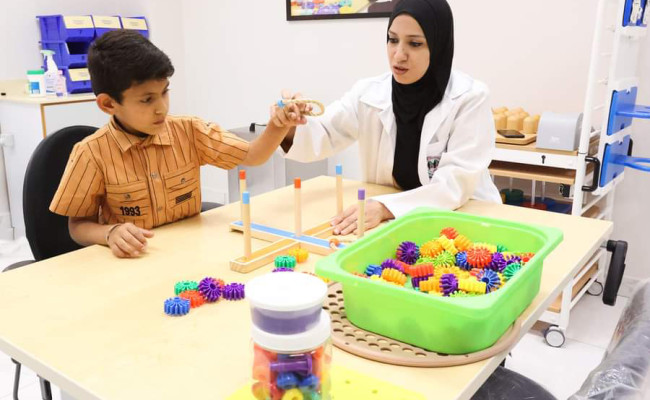Dental plaque biofilms are among the most complex microbial communities in nature. Failure to deal with plaque in the early stage of formation may lead to the development of oral diseases such as dental caries, gingivitis and periodontitis. Various strategies have been employed to reduce or eliminate dental biofilms, one of them is the use of chemotherapeutic strategies to disrupt these biofilms such as the use of mouthwashes.
One of the well-known mouthwashes is chlorhexidine which exhibits broad spectrum activity against Gram positive and Gram negative bacteria, yeast, dermatophytes and lipophilic viruses.
Chlorhexidine has been used for many decades as antiseptic. Although uncommon, some resistance has emerged in clinical isolates with reduced susceptibility to Chlorhexidine such as multi resistant Staphylococcus aureus. The long term use of mouthwash may also be a contributing factor to the development of multidrug resistance. The uncontrolled use of both antibiotics and mouth washes may lead to development of multidrug resistance strains that can occupy a niche in dental plaque after competition with the susceptible normal flora. The niche can then act as a source for dissemination of multidrug resistant strain and establishment of a life threatening infection in a compromised host.
The aim of this research is to identify bacteria which is less affected by chlorhexidine in dental plaque and to determine antibiotic resistance to selected antibiotics of these chlorhexidine resistant plaque isolates.
Research team members
How can we help you?
Connect with us
Contact us directly through the contact information below







